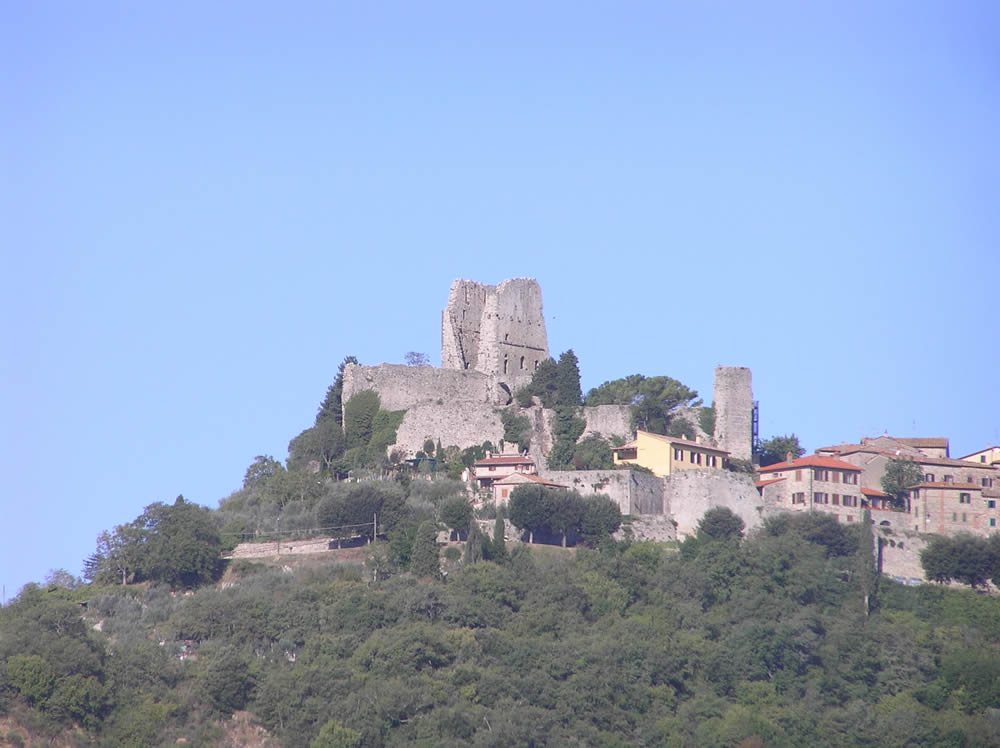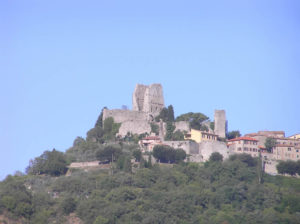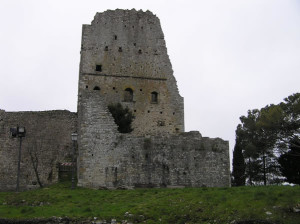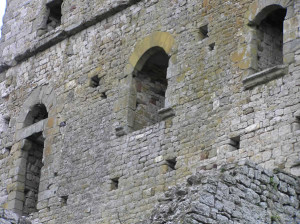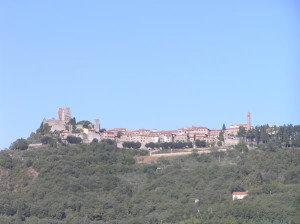Questo articolo è disponibile anche in:
![]() Italiano
Italiano
Civitella in Val di Chiana is a picturesque village perched on a hill 523 meters above sea level. Civitella in historical times was important due to its strategic location in relation to the paths towards Siena and Florence, and his role as garrison in the proximity of the city of Arezzo.
The definitive aspect of Civitella is dated to the second half of the thirteenth century, when the bishop of Arezzo Guglielmino Ubertini built massive fortifications on the system of the Keep, which was built on former Roman and Lombard fortifications. The castle had its heyday with the Bishop Guido Tarlati, lord of Civitella since 1318.
This village had developed according to the morphology of the land connecting the houses leaned to the senese gate and the castle with the church of S. Maria, situated to the opposite end of the hill.
A MEDIEVAL VILLAGE THEATER OF A NAZI MASSACRE
The village today is characterized from two flanked public squares connected on a side from buildings with arcade, are here the buildings more important of Civitella, reconstructed after the destructions caused from the second world war (in particular from the German reprisal on 29 June 1944), between which the Palazzo Pretorio (14th century), Palazzo Becattini, the “Cancelleria” and Palazzo Ninci. In the farther square from the Fortress it’s a beautiful stone tank in octagonal base. At the extreme end of the village, on the opposite side of the Rocca, is the Church of S. Maria, going back to the year 1000, and reconstructed in Romanesque style in 1252.
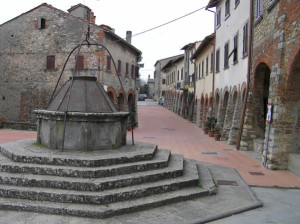
FORTRESS
The Fortress (13th century) characterizes all Civitella and its visit is much evocative, with its imposing and colorful ruins, fortalice already existing in 1048, it probably occupied the area of a roman castle. The stronghold was restructured after the destruction in 1252. On left of the entrance gate is the better conserved tower, in a quadrangular shape, with the inner gate of access to the town-walls building. On the right are the ruins of another tower of greater dimensions but badly damaged.
THE TOWN-WALLS
The walls of the village date back to the XII century. Originally there were two access doors to the castle: the Porta Aretina and the Porta Senese. The first was destroyed during an allied bombing in 1944, the second door remained, and inside there are traces of a sacred aedicule with some fragments of fresco. Near the Porta Senese there is also a Tabernacle with the effigy of the Madonna and Child in polychrome majolica from the Robbiana school, dated 1522.
The village of Civitella Val di Chiana is infamous for being the site of the massacre of Civitella (Eccidio di Civitella), a massacre of civilians (were 244 deaths among the population) made by the German military in retaliation, during the Second World War (June 29, 1944 ).
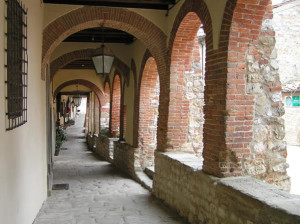
HOW TO GET
Civitella in Val di Chiana is located in eastern Tuscany near Arezzo, high on a hill overlooking the Val di Chiana.
Car: Civitella in Val di Chiana is reached with the Autostrada del Sole A1 exit Arezzo coming out from the exit you turn right in direction of Badia al Pino. Arrived at Badia al Pino, at the first roundabout, take right in direction of Civitella in Val di Chiana, from the exit of the highway are about 13 km.
Road distances from Civitella in Val di Chiana: Arezzo 18 km; Siena 51 km, Florence 76 km, Rome 219 km.
Bus: Civitella in Val di Chiana is connected by bus services of LFI line S1.
Train: The nearest railway station is Arezzo.
Air: The nearest airport is in Florence-Peretola Amerigo Vespucci, which is located 92 km away.
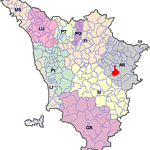
USEFUL INFORMATION
Weekly market in Badia al Pino: Wednesday Weekly market in Badia al Pino every Wednesday from 8.00 to 13.30.
Tourist Information Offices. Via Gramsci, 24 Badia al Pino Phone 0575 4451
BIBLIOGRAPHY
- AA. VV. “Toscana” Guide Rosse Touring Club Italiano, 2007
- Sacchetti, Enzo “Il castello di Civitella in Val di Chiana. Il museo che non c’è” Le Balze, 2006
Questo articolo è disponibile anche in:
![]() Italiano
Italiano

